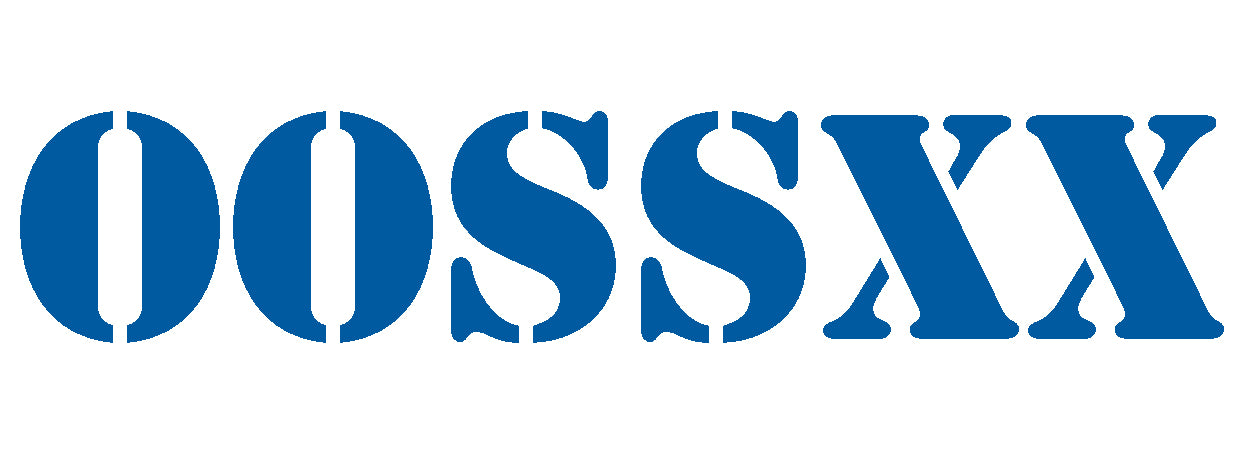Mit der Weiterentwicklung der Bereiche Optoelektronik, Mikroelektronik, Netzwerkkommunikation, digitales Video, Multimedia und Sensortechnologien vollzieht die Sicherheitsüberwachungsbranche einen Übergang von traditionellen analogen Systemen zu hochintegrierten, digitalisierten und intelligenten Lösungen. Um den wachsenden Marktanforderungen gerecht zu werden, werden moderne Hightech-Innovationen in großem Umfang übernommen oder stehen kurz vor der Implementierung in Sicherheitsüberwachungssystemen. Zu diesen Fortschritten zählen die Low-Light-Technologie und die Infrarot-Wärmebildgebung, zwei weit verbreitete Technologien im Bereich Sicherheit und Verteidigung.
Die Nachtsichttechnologie bei schwachem Licht nutzt Technologien wie Elektronenoptik und Elektronenoptik, um Photonenbilder in elektronische Bilder und dann in sichtbare Videobilder umzuwandeln. Während des Umwandlungsprozesses werden Bildverbesserungstechniken eingesetzt, um eine sichtbare Verbesserung des Bildes zu erreichen und so eine Form der Nachtsichttechnologie bei schwachen Lichtverhältnissen zu realisieren. Ihr Vorteil liegt darin, dass sie klare Sicht auf relativ große Entfernungen ermöglicht. Ihre Einschränkung ist jedoch die Notwendigkeit bestimmter Lichtverhältnisse, selbst wenn es sich um eine minimale Lichtmenge handelt, um die Überwachungsszene effektiv zu erfassen.
Wärmebildtechnologie hingegen ist eine passive Infrarot-Nachtsichttechnologie. Herkömmliche Infrarot-Überwachungstechnologie ist eine aktive Infrarot-Nachtsichttechnologie, die aktiv Infrarotlicht aussendet und auf die Reflexion des Infrarotlichts vom Ziel angewiesen ist, um Bilder zu erzeugen. Wärmebildtechnologie hingegen verlässt sich auf die unterschiedlichen Infrarot-Wärmestrahlungsintensitäten verschiedener Teile eines Objekts in der Natur, um Bilder zu erzeugen. Sie erkennt Ziele anhand von Temperaturunterschieden oder Wärmestrahlungsunterschieden zwischen dem Ziel und dem Hintergrund oder zwischen verschiedenen Teilen des Ziels. Da diese Technologie unabhängig von den Umgebungslichtbedingungen ist, kann sie Videobilder bei hellem Tageslicht, Dunkelheit, Nebel, Regen und anderen widrigen Umgebungen liefern. Sie kann jedoch keine Überwachung über große Entfernungen erreichen, und ihre Überwachungsaufnahmen beschränken sich darauf, festzustellen, ob verdächtige Personen den Bereich betreten haben, ohne klare Gesichts- oder körperliche Merkmale aufzuweisen.
Herkömmliche Infrarotkameras gelten als aktive Infrarottechnologie, da sie aktiv Infrarotlicht aussenden, um Ziele zu beleuchten, und die Kamera das reflektierte Infrarotlicht zur Überwachung aufnimmt. Durch den Einsatz der Infrarot-Array-Technologie der dritten Generation hat sich die Leistung und Haltbarkeit der aktiven Infrarotüberwachung erheblich verbessert, und die Anforderungen an den Herstellungsprozess sind nicht hoch, was sie zu einer kostengünstigen Lösung mit breiten Anwendungsaussichten macht.
Sowohl Nachtsicht- als auch Wärmebildtechnologien weisen in der praktischen Anwendung einige Gemeinsamkeiten auf. Diese Technologien werden hauptsächlich in speziellen Überwachungsbereichen eingesetzt, in denen eine nächtliche Überwachung erforderlich ist und die Ausrüstung verborgen werden muss, wie etwa im Militär, bei der Kriminalpolizei, bei der Drogenbekämpfung sowie in Sicherheits- und Schutzszenarien. In solchen Überwachungssituationen sind beide Gerätetypen geeignete Optionen. Nachtsichtkameras für schwaches Licht verstärken schwaches natürliches Licht, um eine effektive Überwachung von Szenen zu erreichen, während die Wärmebildtechnologie auf dem Prinzip basiert, dass Objekte über dem absoluten Nullpunkt (-273 °C) Infrarotstrahlung aussenden. Dadurch können alle Objekte, einschließlich Menschen, Tiere und Szenen, klar und ohne Störungen durch Rauch, Nebel und Vegetation beobachtet werden und funktionieren sowohl bei Tageslicht als auch bei Nacht.
Zusammenfassend lässt sich sagen, dass sowohl Nachtsicht- als auch Wärmebildtechnologien wertvolle Beiträge zur Sicherheitsüberwachungsbranche leisten, jede mit ihren einzigartigen Vorteilen und Anwendungen. Da sich die Technologie weiterentwickelt, wird die Sicherheitsbranche in beiden Bereichen weitere Fortschritte erleben und effizientere und umfassendere Lösungen für den Schutz und die Sicherheit verschiedener Umgebungen bieten. Bei OOSSXX sind wir bestrebt, an der Spitze dieser Innovationen zu bleiben und hochmoderne Sicherheits-DVRs und Überwachungskamerasysteme bereitzustellen, um den sich entwickelnden Anforderungen unserer Kunden gerecht zu werden.









